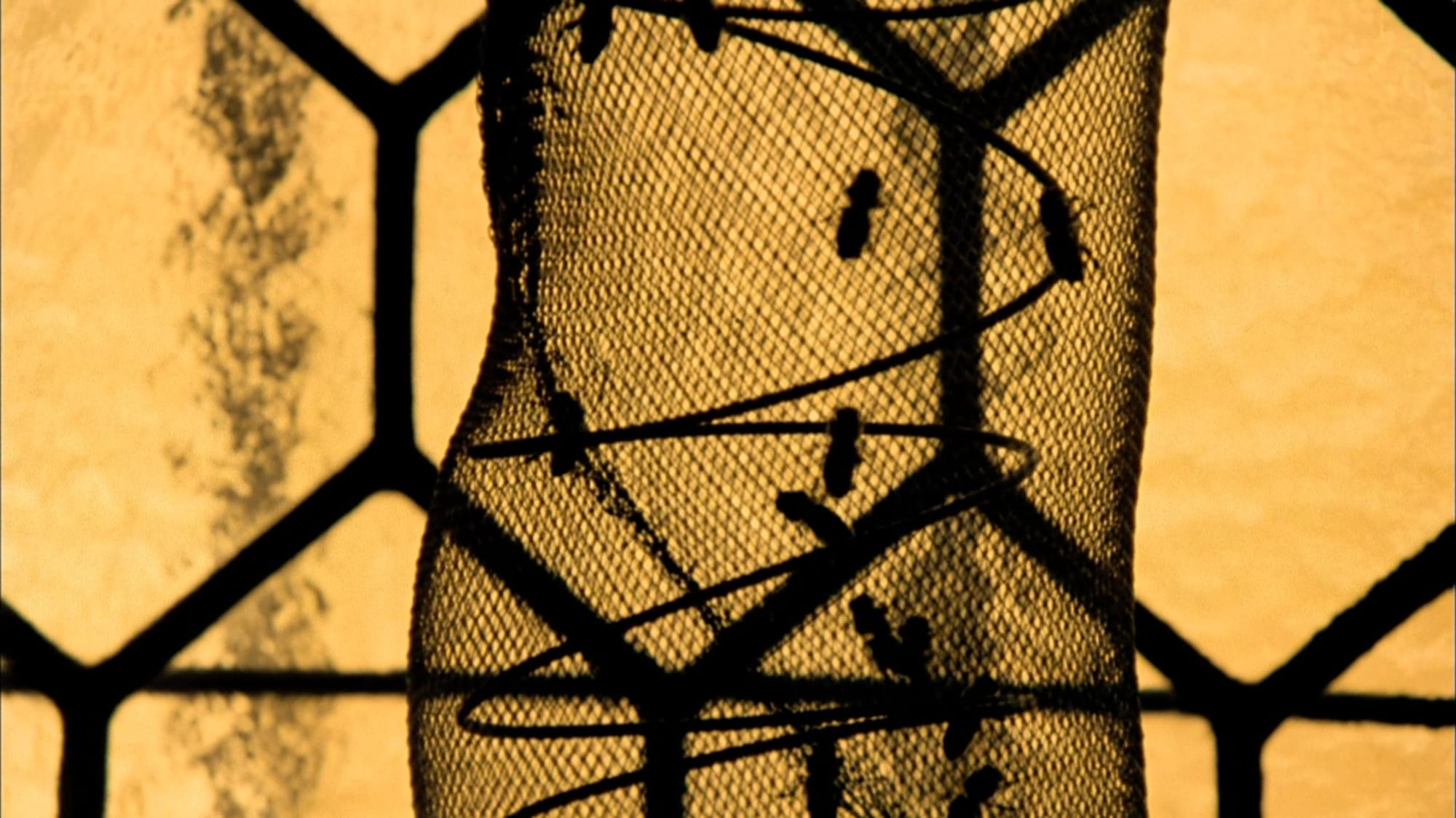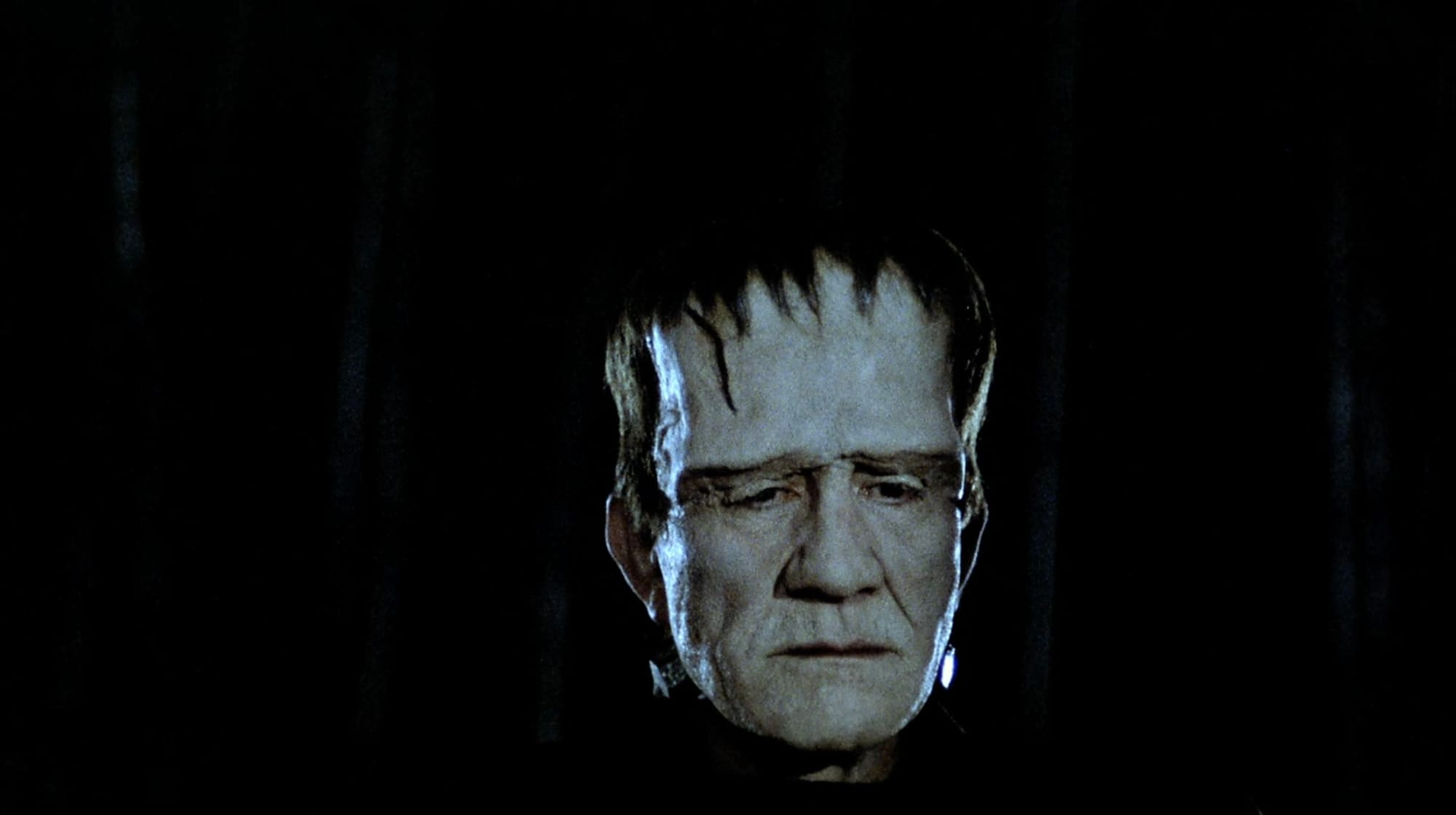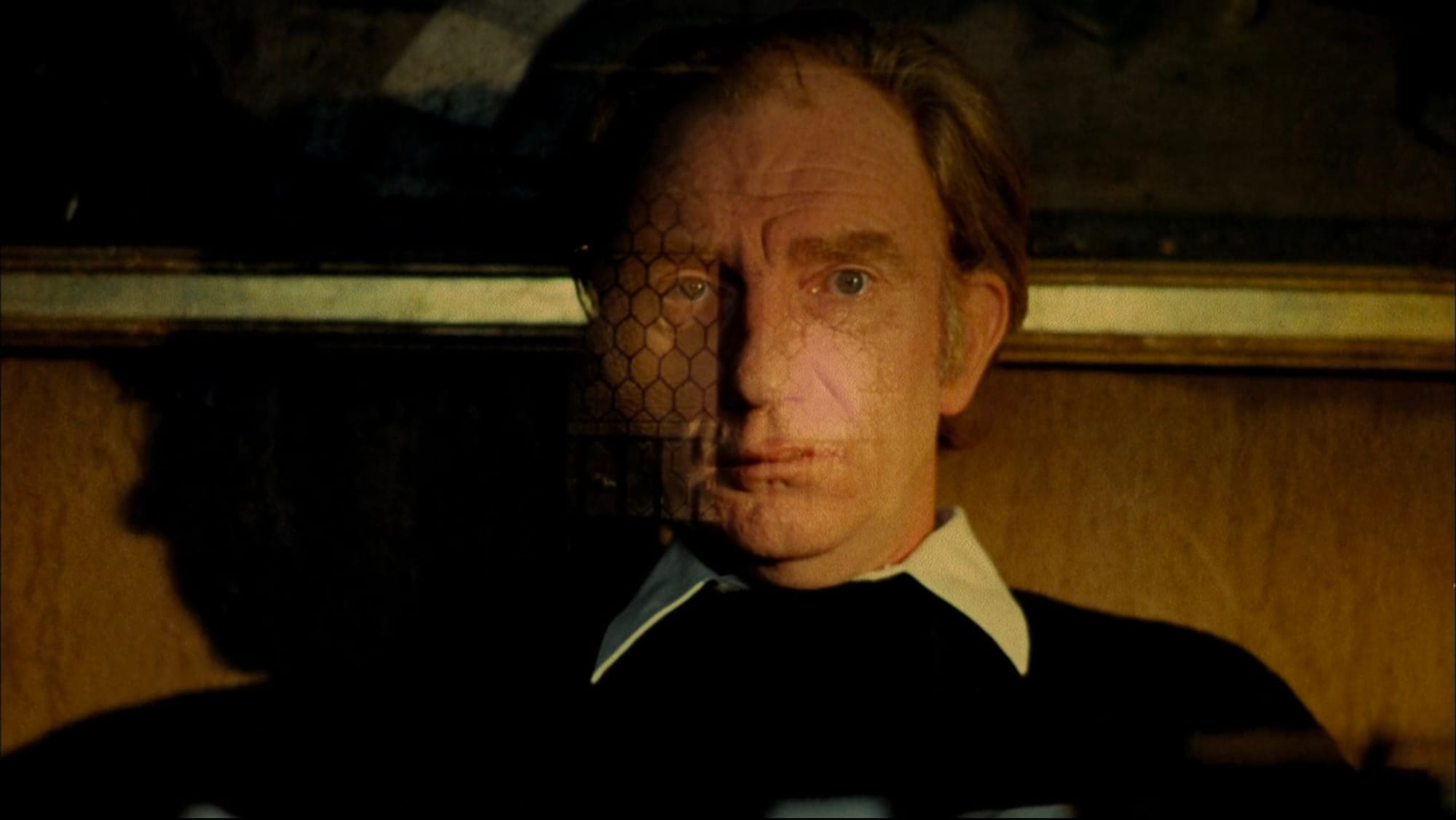The Spirit of the Beehive (1973): A Study of Trauma and a Very Clever Attack Against a Fascistic Regime
Victor Erice’s debut is beautifully weaponised art, released from within a dictatorship.

Victor Erice’s 1973 debut, The Spirit of the Beehive, always stuck in my mind as a movie with exceptional artistry, of the kind you’d more typically find in paintings or novels, and belonging in any discussion of great films. It had been eons since I last saw it, and my memory had dimmed enough that, to work out where to place it on a “best of all time” list, a rewatch was needed.
It was the kind of rewatch where I felt in a rush to reacquaint myself with it at first, and its slow pace felt at cross-purposes with that goal. My movie-saturated noggin and ever-shifting perspectives on art as I get older ensure the need to rewatch movies, to confirm they are still as good as I remember them.
It was also the kind of rewatch that by the end of the viewing, I was more than glad to have it bright and clear in my mind again. It is a beautiful and artistically brave work, and the kind of movie that, though its world feels desolate and spiritually grief-stricken, its message has a positive and inspirational energy of, among other things, resistance, perseverance, and survival.
The movie is quiet and slow-paced, though its runtime is only 98 minutes. Complex storytelling that builds a perspective that reminds you what it was like to be a child, including the constant threat of boredom and how frightening-but-fascinating the adult world can be as a child. The movie could be said to be on some levels, until what it’s communicating becomes clear, boring — though sweet, emotionally complex, and shot superbly well from the start.
As the story develops, it takes on greater character and interest, and becomes more directly engaging.
The plot follows a family living in a small village in Spain, 1940. Two sisters, six-year-old Ana, the protagonist whose perspective the viewer is aligned to, and her elder sister Isabel, live in a farm house with their parents, Fernando and Teresa.

The story takes place in the Spanish Civil War’s immediate aftermath, with Republican soldiers still hiding out in the countryside, uniformed, and being tracked down and shot summarily by Franco’s forces. The generation of Fernando’s, aligned with the Second Spanish Republic, is very much lost.
Fernando is a beekeeper and poet, and largely spends his time absorbed in these occupations, emotionally removed in something that strikes as a traumatised-but-technically-functional condition. His capacity for love and verbal expression is kept alive chiefly through his poetry, written pacing his room in the wee hours while the house is asleep (or his daughters are mistaking his pensive footsteps for ghosts).
The presence of the Nationalists and the instruments of state in post-war Spain are portrayed subtly and briefly, seen in moments from the relative seclusion of the countryside. This device of placing the oppressive force in the deep background likely helped the film be released in Spain during the late years of Franco’s fascistic dictatorship.
All post-1939 and pre-1976 films from Spain that took aim at the state had to walk this tightrope, finding clever ways of expressing political views against it.
State censors were alarmed by the film’s coded symbolism, but decided its artsiness and slow pace assured it would receive limited attention from the Spanish public, and allowed its release. The movie’s international success also seems to have had some influence.
In Erice’s own thoughts on the matter (and he is incredibly elegant and interesting in thought — it’s worth seeking out an interview or two) his filmmaking speaks in “the language of poetry,” not prose. Since its ideas are expressed indirectly, without explicit social or ideological codification, it becomes hard to justify cutting any particular part of it.
Erice:
Censors understand only what is socially codified. So the censor was unable to cut a single metre of The Spirit of the Beehive: they sensed it wasn’t a film that was favourable to their ideas, but they couldn’t find the arguments to destroy it.
As well as being a historical, political, arthouse family drama, the film has a strong thread of psychological horror woven through it. The presence of Frankenstein’s monster seems to signify this. A suggestive pointer towards the horror of the fascists in the background. This horror is concerned with human experience above political details. It speaks a universal language.

The movie is also storytelling with genius in how it communicates meaning to the viewer.
In the story, the local village receives an apparently censored cut of Frankenstein (1931). The missing pieces lead to misunderstanding about what happened and why in the story, stoking fear and uncertainty in the mind of Ana and, with the unintentional help of her sister, who can’t resist using her imagination to play on her sister’s gullibility, traumatising her. This minor trauma acts as a jumping-off point to explore trauma itself, and bring this theme into the foreground.
It is also a smart way of showing the subversive effects of policies claiming protective motives to justify state censorship. Altering works of art to avoid what are deemed “distressing” moments can leave those moments to be filled in by the imagination of the audience, as one example illustrated in the plot, and distort and disjoint their meaning in unintended ways.
More broadly, censorship can also be a form of creating secrets out of ideas deemed beneficial by the state to be hidden from the public — which often creates a larger evil, as it does here. The fact the cut of Frankenstein the village receives has been censored is never mentioned, but is observable. An extra layer of meaning there to be found, but not dramatically important to realise.
The countryside where the story is set is for the most part ghostly quiet and still. An unsettling post-war mood shows a dreary sadness that prevails in a land where civil war cut through the nation, turning the public violently against itself. The villagers we see make attempts to keep their spirits up and care for each other, but everyone is living with enormous grief.
The mood also speaks of the silencing effects of trauma from the events of war. An unwillingness to speak about many things. In the same breath the story articulates that the traumatised are alive, and that is what matters most. Hope might be on life support, but is not dead. A sense of forced, dreadful patience in the silence. In the real world it took 36 years for the dictatorship to come to an end, when Franco died of old age.
As a result this is incredibly visual storytelling. Meaning is simply there, observable in images, gestures, and body language, without the need to spell everything out — much as in daily life.
You can see what Erice means: what were the censors specifically going to cut, and why? The story’s meaning is established through time, a combination of shots each carrying a tone and impression. Its political sentiment emerges clearly, but only through a sum of innocent and ambiguous moments.
The father, Fernando, can’t sleep at night. He paces his room, writing about “the spirit of the beehive” and its “frantic, mysterious commotion.” The phrase is taken from a 1901 book by Belgian author Maurice Maeterlinck, La Vie des Abeilles (“The Life of the Bee”), describing the mysterious unifying force that seems to govern the collective behaviour of bees and enforce order in the hive. The idea is suggestive of the “hive mind” (the modern sense of which was popularised closer to the time of this movie, notably in Frank Herbert’s Dune).

The concept contains what Fernando dreads: a reflection of the authoritarian state and the collective action that put it in power and sustained it there. Monotonous, mindless, well-organised, busy and coordinated activity that enforces order on all. The beehive a highly-structured place of captivity, of existence within a strict hierarchy, where order is enforced at the expense of individual freedom.
Fernando’s fascination with the beehive gives it some metaphorical ambiguity. He does not reflect on the bees in emotional despair, but absorbed introspection.
Part of his fixation on them could be to remind himself of a key lesson from the war just lost: the need for a unified front working towards a single goal and outcome, in order to defeat existential threats of evil that are highly ordered and well-structured.
One significant factor of the loss of the Republicans in the Spanish Civil War was their division into antagonistic factions[1], in contrast to the unified and well-organised front of Franco’s forces. Communists, socialists, democrats, and anarchists competed for dominance and fought, even to the point of armed conflict.
Since the film is constructed in a way to slip by the Spanish censors of the time, you have to listen quite carefully to hear its message. It is open to interpretation. You could easily absorb the story as an emotionally complex, visually artful, historical family drama, shot with a wonderful visual quality and rhythm, without paying thought to its political subtext.
Although this is not a religious film (Franco’s side was deeply entrenched with the Spanish Catholic Church, complicating religious sentiment in stories that take aim against it), it does feel spiritual in nature. It has the secular spirituality of art, without the formal signification of religion.
Don’t expect thrills and spills, but a message with this tone could not be delivered if the plot was action-packed, or the world it shows was made to be more joyful. Love and joy exist only as natural qualities of the children and their ability to see and create it. They are relatively uncorrupted by the effects of the war, and may find ways of reversing its consequences in the years and decades to come.
As a historical aside, there is a lot more to be said here. A giant factor of the Republican loss was that democracies like Britain and France stuck to an agreement of non-intervention made with nations including Italy and Germany, who both flagrantly broke the agreement by strongly aiding Franco militarily, through arms sales and also directly with troops and plane bombings. Since the Republicans could receive no aid, or even buy arms from France and Britain, while the Nationalists had strong support from Italy and Germany, this isolated the Republicans militarily and put them at a massive disadvantage — playing into their weak and fragmented state towards the end of the conflict. They were left with the Soviet Union as their biggest supporter, though their aid was very insufficient (hence the communist factions attempting to assert a dominant influence over the Republicans, since turning Spain communist was Stalin’s motive to support them). Neville Chamberlain’s policy of appeasing fascists played a giant part in helping the Nationalists win. France gave some covert support sent across the border, off the book, but on a very low level. ↩︎

Looking at the timeline of when Franco’s regime fell and the country transformed itself into a democracy again (about two years after the movie’s release), it seems that is exactly what happened — making the movie a timely marker of history as it was unfolding. It solemnly shows the makings of a dictatorship while still under its rule. Its production and release was a genuinely bold and brave artistic act.
After the movie’s debut screening in 1973, some “audience members” offered its producer, Elías Querejeta, condolences. When it won first prize at the San Sebastian Film Festival, there were boos, and some stomped their feet in protest. Franco’s regime might have been in its death throes, but its supporters were very much alive, and often pig-headed and vindictive in nature.
They still cause a ruckus at times, though they are now a fringe minority: one example being the lead-up to Franco’s remains being exhumed and relocated from an elaborate far-right shrine carved into a mountain near Madrid, which was protested and delayed. The relocation finally did happen, in 2019.
Victor Erice has had a low output since his sublime debut. He made a follow-up feature ten years later, El Sur (1983), which is critically acclaimed though its story was cut down significantly by budgetary constraints, then one non-fiction feature, El sol del membrillo (1992) (“Dream of Light” AKA “The Quince Tree Sun”)… Since then, only shorts and contributions to other films. He was assigned to direct the 2002 film The Shanghai Spell, but the producer ultimately re-assigned it to another director.
Erice’s relative absence in Spanish cinema, which Roger Ebert decried in his 2012 review of this movie, and which does seem in large part due to his deeply personal style of directing and disdain for commercial cinema, is set to change soon. A new film with him at the helm as director, Cerrar los ojos (“Close Your Eyes”), is currently in production and set to be released this year. It is being shot in Spain at locations including Almería, Madrid, Granada, and Asturias.
After a gap of more than thirty years since his last feature-length film, now is a perfect time to revisit his past features. It won’t take long to watch them.
The Spirit of the Beehive is not a film you’ll be drawn to rewatch for visceral entertainment value, but it is great, complex, soft-spoken storytelling, beautifully photographed, and speaks with intelligence, and artistic bravery, in ways only a few filmmakers are capable of.
James Lanternman writes movie reviews, essays, and moonlit thoughts. You can reach him at [email protected].
Previously… The Beasts (As bestas): A Movie Review
